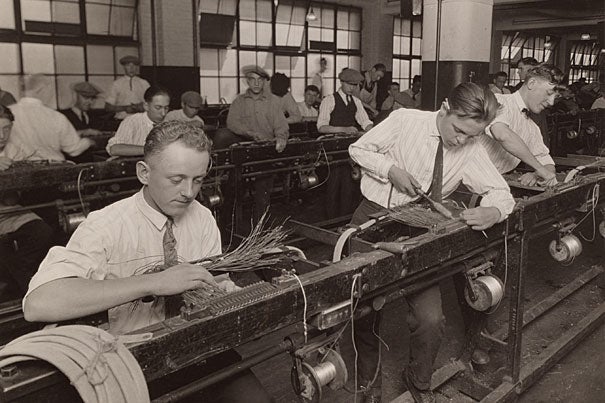The Hawthorne experiment, also known as the Hawthorne studies, was a series of experiments conducted by researchers at the Hawthorne Works factory in Cicero, Illinois between 1924 and 1932. The experiments were designed to examine the relationship between physical working conditions and productivity.
The experiments were initiated by the National Research Council of the National Academy of Sciences and funded by the Western Electric Company, the parent company of the Hawthorne Works factory. The experiments were conducted by a team of researchers led by Elton Mayo, a Harvard University professor of industrial research.
The first set of experiments, known as the illumination studies, examined the effects of changing the level of lighting in the factory on the productivity of the workers. The researchers found that changes in lighting had a significant effect on productivity, but they also discovered that other factors, such as social interactions and changes in working conditions, also affected productivity.
The second set of experiments, known as the relay assembly test room experiments, focused on the effects of different working conditions on productivity. The researchers found that changes in working conditions, such as the introduction of rest breaks and changes in the work schedule, had a positive effect on productivity.
The Hawthorne experiments had a significant impact on the field of industrial psychology and management. They demonstrated the importance of considering social and psychological factors in addition to physical working conditions when attempting to increase productivity. The experiments also highlighted the need for ongoing communication and collaboration between management and workers in order to create a positive and productive work environment.
In summary, the Hawthorne experiment was a series of experiments conducted at the Hawthorne Works factory in the 1920s and 1930s to examine the relationship between physical working conditions and productivity. The experiments had a significant impact on the field of industrial psychology and management, and demonstrated the importance of considering social and psychological factors in addition to physical working conditions when attempting to increase productivity.





